Home>Maintenance & Safety>Child & Elderly Safety at Home>When To Switch To A Booster Seat At The Table
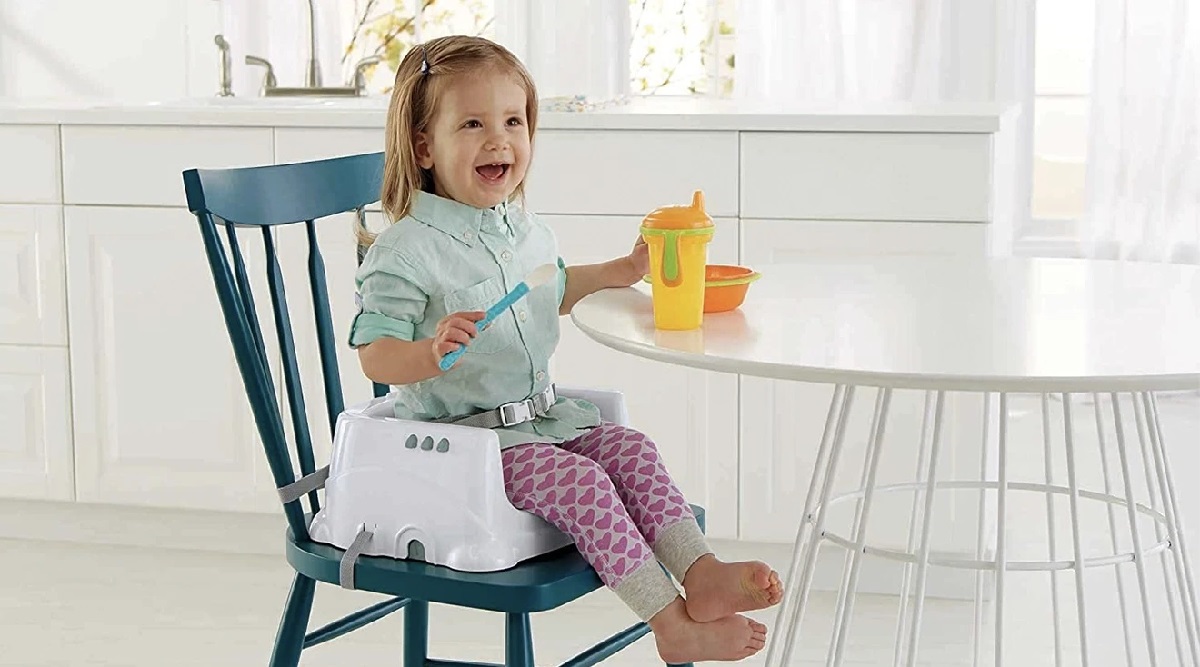

Child & Elderly Safety at Home
When To Switch To A Booster Seat At The Table
Modified: August 27, 2024
Ensure child and elderly safety at home by learning when to switch to a booster seat at the table. Find expert advice and tips for a safer dining experience.
(Many of the links in this article redirect to a specific reviewed product. Your purchase of these products through affiliate links helps to generate commission for Storables.com, at no extra cost. Learn more)
Introduction
Ensuring the safety of our little ones is a top priority for every parent or caregiver. As children grow and reach new developmental milestones, it becomes essential to adapt their surroundings to meet their changing needs. One significant transition in a child's life is moving from a high chair to a booster seat at the family dining table. This shift marks a crucial step towards fostering independence and promoting safe dining practices for your child.
In this comprehensive guide, we will delve into the various aspects of transitioning to a booster seat, including understanding the purpose of booster seats, recognizing the signs that indicate your child is ready for this transition, the benefits of using a booster seat, essential safety tips, and practical advice for a seamless shift from a high chair to a booster seat. By the end of this article, you will have a thorough understanding of when and how to make the switch, ensuring that your child's safety and comfort are prioritized during meal times.
Key Takeaways:
- It’s time for a booster seat when your child can sit up on their own, outgrows their high chair, and shows interest in joining family meals. Booster seats promote safety, good posture, and inclusion at the table.
- Transitioning to a booster seat is a gradual process that requires patience and encouragement. Involving the child in the transition, prioritizing safety, and maintaining consistency can make the shift smooth and positive.
Read more: When Are Kids Ready For A Booster Seat
Understanding Booster Seats
Booster seats are specially designed to elevate children to the appropriate height at the dining table, enabling them to comfortably and safely join the family for meals. These seats are intended for children who have outgrown their high chairs but are not yet tall enough to sit comfortably in a regular chair. By providing a secure and elevated seating platform, booster seats enable children to reach the table without the risk of falling or struggling to maintain a stable sitting position.
There are two primary types of booster seats: the traditional booster seat, which is placed on top of a dining chair, and the built-in booster seat, which is integrated into a dining chair. Both types serve the same purpose of elevating the child to the correct height, allowing them to dine comfortably and safely alongside the rest of the family.
When selecting a booster seat, it is crucial to consider the child's age, weight, and height to ensure a proper fit. Additionally, booster seats come with various features such as adjustable straps, harnesses, and removable trays, providing flexibility and convenience for both the child and caregiver.
Understanding the purpose and functionality of booster seats is essential for making an informed decision about when to transition your child from a high chair to a booster seat. By recognizing the benefits and safety considerations associated with booster seats, you can confidently navigate this important developmental milestone for your child.
Signs Your Child is Ready for a Booster Seat
Recognizing the optimal time to transition your child from a high chair to a booster seat is crucial for their safety and comfort during meal times. While every child develops at their own pace, there are several key indicators that can help determine when they are ready for this transition.
Physical Development:
One of the primary signs that your child is ready for a booster seat is their physical development. Typically, children are ready to transition to a booster seat when they can sit up independently and have outgrown their high chair. This often occurs around the age of 18 months to 2 years, but it can vary based on the child's individual growth and development.
Height and Weight:
Another important factor to consider is your child's height and weight. Most booster seats are designed for children who weigh between 40 to 80 pounds and are around 4 feet 9 inches tall. If your child exceeds the weight limit of their high chair or their legs are becoming increasingly constrained by the high chair's design, it may be time to consider transitioning to a booster seat.
Behavior at the Table:
Observing your child's behavior during meal times can also provide valuable insights into their readiness for a booster seat. If your child demonstrates an interest in sitting at the table with the rest of the family, shows improved stability while sitting, and expresses a desire for more independence during meals, these are positive indications that they may be prepared for a booster seat.
Comfort and Safety:
Ensuring that your child is comfortable and safe during meal times is paramount. If your child appears cramped or uncomfortable in their high chair, or if they are attempting to climb out of it, it may be a sign that they are ready for a more spacious and secure seating arrangement provided by a booster seat.
By paying attention to these signs and considering your child's individual development and behavior, you can confidently determine when the time is right to make the transition to a booster seat. This shift not only promotes your child's independence but also fosters a sense of inclusion and togetherness during family meals.
Benefits of Using a Booster Seat
Using a booster seat offers a myriad of benefits for both children and caregivers, making it a valuable addition to the family dining experience. Understanding these advantages can help reinforce the importance of incorporating a booster seat into your child's mealtime routine.
Promotes Safety and Stability
One of the primary benefits of using a booster seat is the enhanced safety and stability it provides for children during meal times. By elevating the child to the appropriate height at the dining table, a booster seat reduces the risk of falls and injuries that may occur when a child sits in a regular chair or attempts to reach the table from a high chair. The secure harnesses and adjustable straps featured in many booster seats further ensure that children are safely and comfortably seated, minimizing the likelihood of accidents.
Encourages Proper Posture and Dining Etiquette
A booster seat promotes the development of proper posture and dining etiquette in children. By providing a supportive and ergonomic seating arrangement, a booster seat encourages children to sit upright and engage in healthy eating habits. This not only contributes to their physical well-being but also fosters a positive dining environment, allowing children to participate in mealtime conversations and social interactions with ease.
Inclusion in Family Meals
Using a booster seat allows children to actively participate in family meals, promoting a sense of inclusion and togetherness. Instead of being confined to a separate high chair, children seated in a booster seat can comfortably join the rest of the family at the dining table. This inclusive dining experience not only strengthens familial bonds but also nurtures a positive and communal approach to meal times, creating lasting memories for both children and caregivers.
Smooth Transition to Adult Seating
Introducing a booster seat serves as a transitional phase for children, preparing them for eventual seating in regular chairs. By gradually acclimating children to the dining table through the use of a booster seat, caregivers can facilitate a seamless transition to independent seating as the child grows. This gradual progression instills confidence and independence in children, empowering them to adapt to new environments and routines with ease.
Convenience and Flexibility
Booster seats offer convenience and flexibility for caregivers, making meal times more manageable. Many booster seats feature removable trays and adjustable components, allowing for easy customization based on the child's needs. Additionally, the portability of booster seats enables their use beyond the dining area, providing a versatile seating solution for various activities and settings.
By recognizing and embracing these benefits, caregivers can make an informed decision to incorporate a booster seat into their child's dining experience, ensuring a safe, inclusive, and enjoyable mealtime environment for the entire family.
Safety Tips for Using a Booster Seat
Ensuring the proper usage of a booster seat is essential for maintaining a safe and secure dining environment for children. By adhering to the following safety tips, caregivers can optimize the effectiveness of booster seats and mitigate potential risks during meal times.
-
Proper Installation: When using a traditional booster seat, ensure that it is securely placed on a stable and well-maintained dining chair. The booster seat should be firmly attached and positioned to prevent any movement or instability during use. For built-in booster seats, carefully follow the manufacturer's installation instructions to guarantee a secure fit within the dining chair.
-
Harness and Straps: Always utilize the provided harnesses and straps to secure the child in the booster seat. Ensure that the harness is snug but not restrictive, allowing the child to sit comfortably while preventing excessive movement. Regularly inspect and adjust the harness to accommodate the child's growth and ensure a proper fit.
-
Proper Positioning: Position the booster seat directly against the table to ensure that the child is at the appropriate height for dining. This minimizes the risk of the child leaning or reaching excessively, promoting a stable and secure seating arrangement.
-
Supervision: Never leave a child unattended while seated in a booster seat. Continuous supervision is crucial to promptly address any potential hazards or discomfort the child may experience during meal times.
-
Avoid Placing Booster Seats on Unstable Surfaces: Refrain from placing booster seats on uneven or unstable surfaces, such as countertops or makeshift dining areas. Opt for a sturdy and level dining chair to provide a secure foundation for the booster seat.
-
Regular Inspections: Routinely inspect the booster seat for any signs of wear, damage, or loose components. Ensure that all parts, including straps, buckles, and attachments, are in good condition and functioning properly to maintain the seat's safety and reliability.
-
Limit Movement: Encourage the child to remain seated and avoid excessive movement while in the booster seat. Establishing this habit promotes stability and reduces the risk of accidental falls or injuries during meal times.
-
Educate Caregivers and Family Members: Inform other caregivers and family members about the proper usage and safety guidelines associated with the booster seat. Consistent adherence to safety practices by all individuals involved in the child's care contributes to a secure dining environment.
By prioritizing these safety tips, caregivers can optimize the functionality of booster seats and create a secure dining setting that promotes the well-being and comfort of children during meal times.
Transitioning from a High Chair to a Booster Seat
Transitioning from a high chair to a booster seat marks a significant developmental milestone for children, signifying their growing independence and readiness to actively participate in family meals. This transition is a gradual process that requires thoughtful consideration and preparation to ensure a smooth and seamless shift for both the child and caregiver.
The first step in transitioning to a booster seat involves introducing the child to the concept of sitting at the family dining table. This can be achieved by gradually incorporating the child's presence at the table during meal times while still using the high chair. Allowing the child to observe and engage in the dining experience from a familiar and secure vantage point sets the stage for a positive transition to a booster seat.
As the child becomes accustomed to the dining table environment, caregivers can gradually introduce the booster seat as an alternative seating option. Initially, the child can spend a few minutes in the booster seat during meal times, gradually increasing the duration as they become more comfortable and familiar with the new seating arrangement. This gradual exposure helps the child acclimate to the booster seat while maintaining a sense of security and familiarity.
Encouraging the child's active participation in the transition process is essential for fostering a positive association with the booster seat. Involving the child in selecting the booster seat and discussing its purpose can instill a sense of ownership and excitement about the upcoming change. Additionally, incorporating fun and engaging elements, such as special placemats or utensils, can further enhance the child's enthusiasm for using the booster seat.
Caregivers should approach the transition with patience and encouragement, acknowledging and celebrating each milestone achieved by the child during the process. Positive reinforcement and praise for the child's willingness to embrace the booster seat can help alleviate any apprehension or resistance they may have towards the change.
Furthermore, maintaining consistency and routine during meal times reinforces the child's sense of security and predictability, facilitating a smoother transition. Establishing a structured mealtime routine that incorporates the booster seat as a regular component reinforces its role as a natural and integral part of the dining experience.
By approaching the transition from a high chair to a booster seat with patience, encouragement, and a child-centric approach, caregivers can effectively facilitate a seamless and positive shift for the child. This gradual progression not only promotes the child's independence and inclusion in family meals but also nurtures a sense of confidence and accomplishment as they embrace this new phase of their dining journey.
Conclusion
In conclusion, the transition from a high chair to a booster seat is a significant milestone in a child's development, signifying their increasing independence and inclusion in family mealtime traditions. Understanding the signs that indicate a child's readiness for a booster seat, along with the benefits and safety considerations associated with its usage, is essential for caregivers seeking to create a safe and nurturing dining environment for their little ones.
By recognizing the physical and behavioral cues that signal a child's readiness for a booster seat, caregivers can confidently navigate this transition, fostering a sense of inclusion and togetherness during family meals. The benefits of using a booster seat, including enhanced safety, proper posture development, and the promotion of independence, underscore its value as a vital component of a child's dining experience.
Furthermore, prioritizing safety measures, such as proper installation, harness usage, and regular inspections, ensures that the child's well-being is safeguarded during meal times. By adhering to these safety guidelines, caregivers can optimize the functionality of booster seats and create a secure dining setting that promotes the child's comfort and security.
The transition from a high chair to a booster seat is a gradual process that requires patience, encouragement, and active participation from both the child and caregiver. By approaching this transition with sensitivity and understanding, caregivers can facilitate a seamless shift, empowering the child to embrace their newfound independence at the family dining table.
Ultimately, the introduction of a booster seat not only enhances the child's safety and comfort during meal times but also fosters a sense of togetherness and inclusivity within the family. By embracing this transition as a positive and empowering experience, caregivers can create lasting memories and meaningful connections during shared meals, nurturing a positive and communal approach to family dining.
Incorporating a booster seat into a child's mealtime routine is a testament to the caregiver's commitment to providing a nurturing and inclusive dining environment, where the child can thrive and actively participate in the joy of shared meals. This transition marks a pivotal moment in the child's journey towards independence and inclusion, laying the foundation for a lifetime of cherished family dining experiences.
Frequently Asked Questions about When To Switch To A Booster Seat At The Table
Was this page helpful?
At Storables.com, we guarantee accurate and reliable information. Our content, validated by Expert Board Contributors, is crafted following stringent Editorial Policies. We're committed to providing you with well-researched, expert-backed insights for all your informational needs.
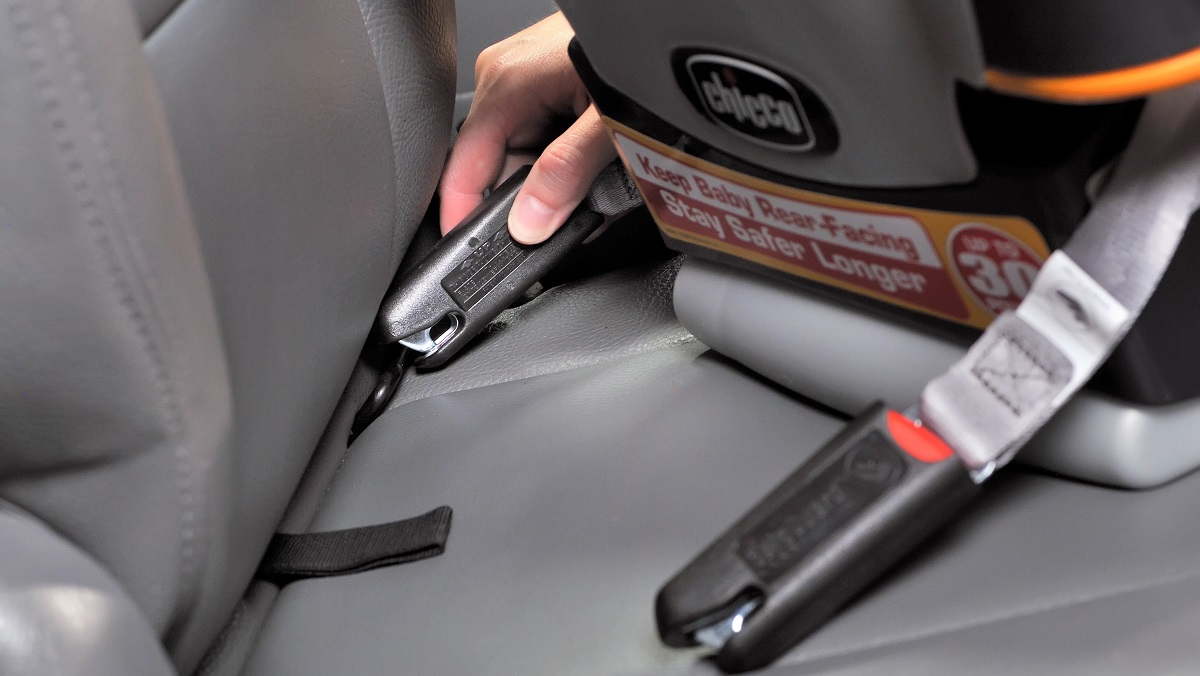

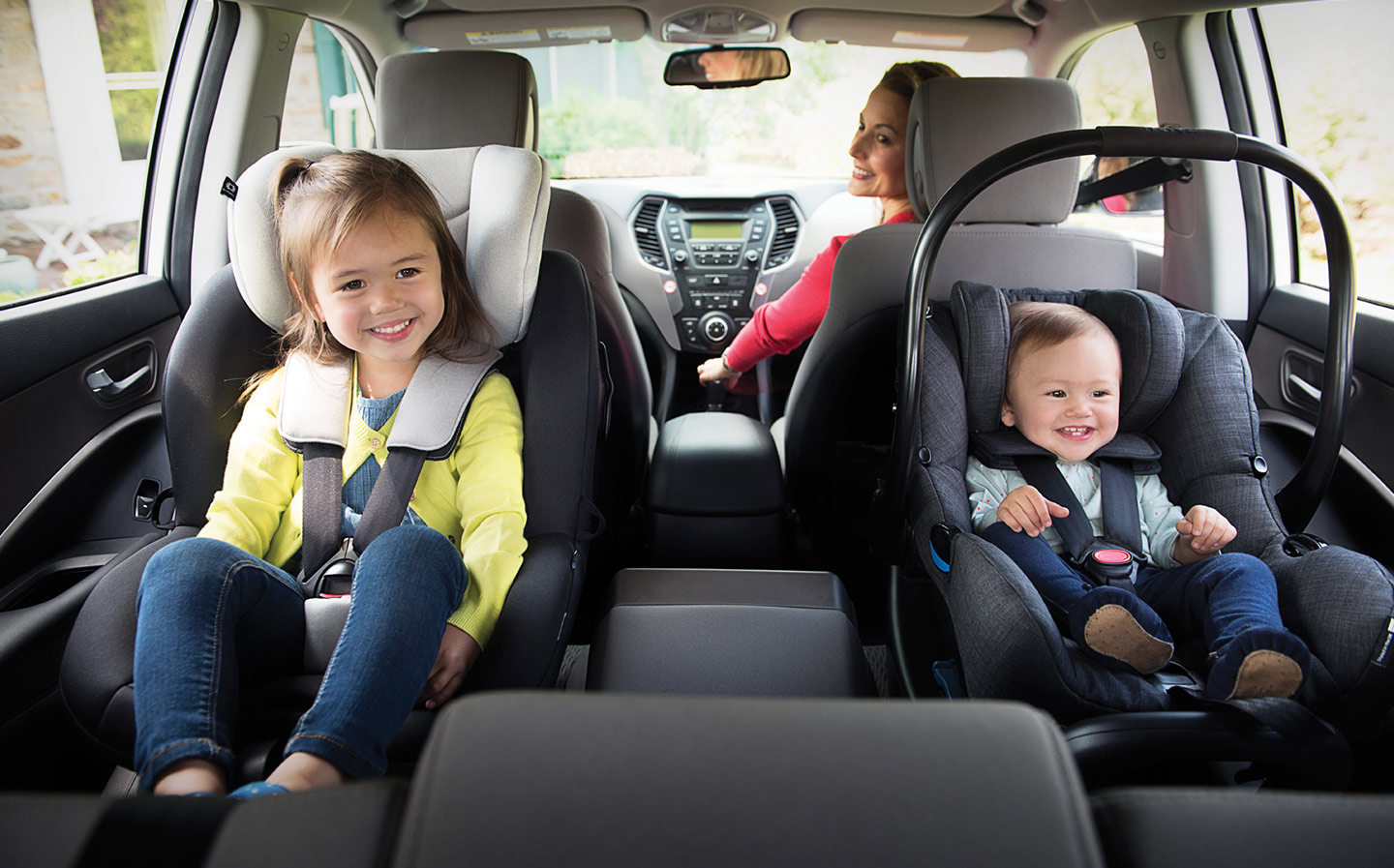
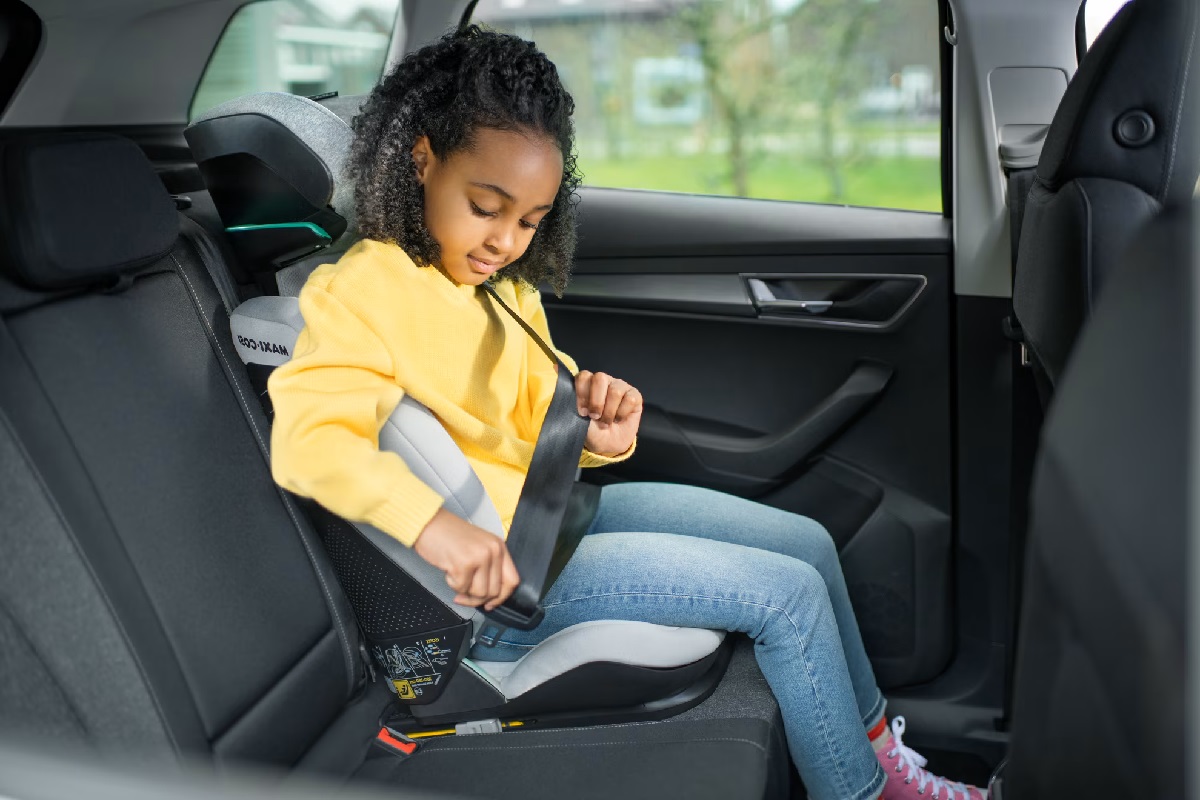
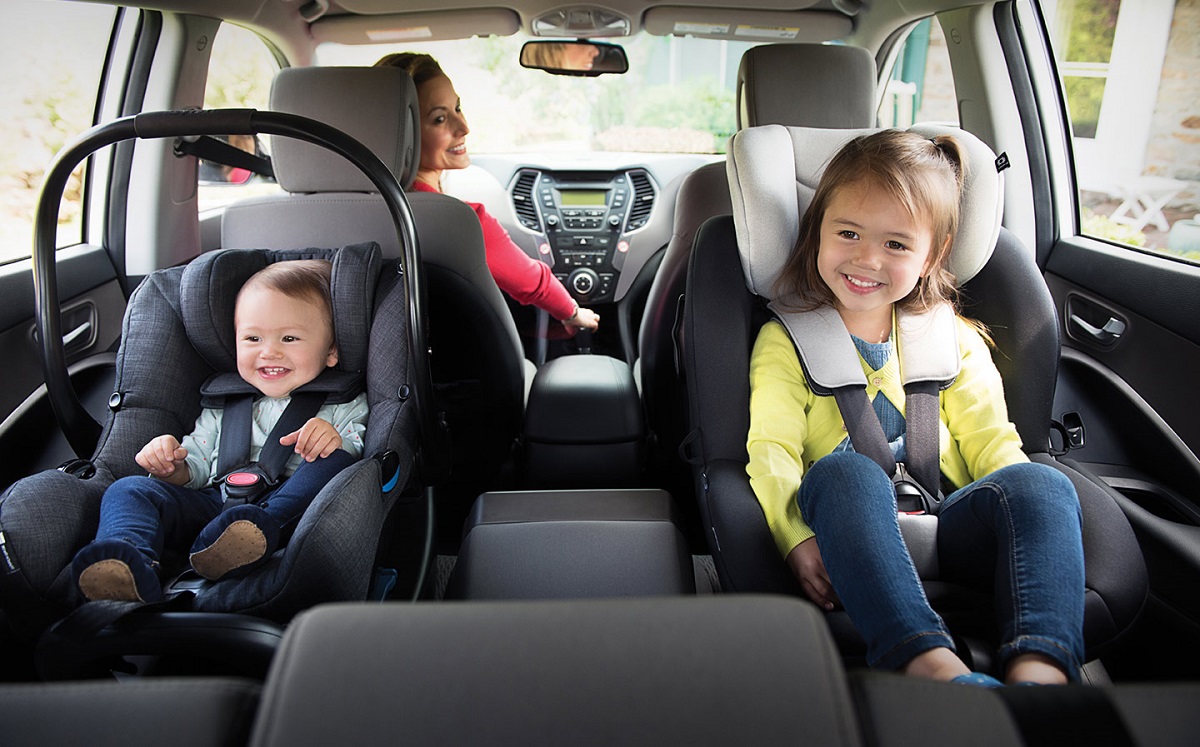
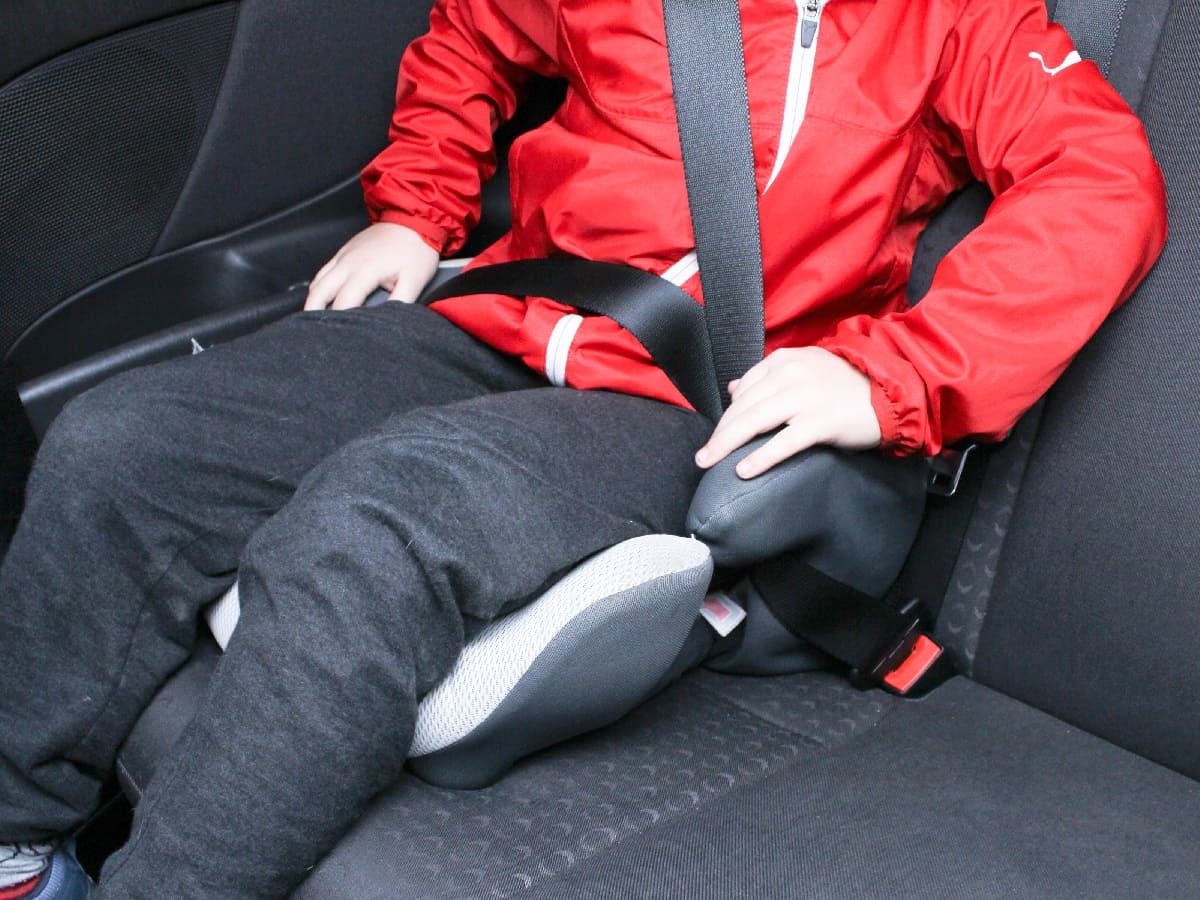

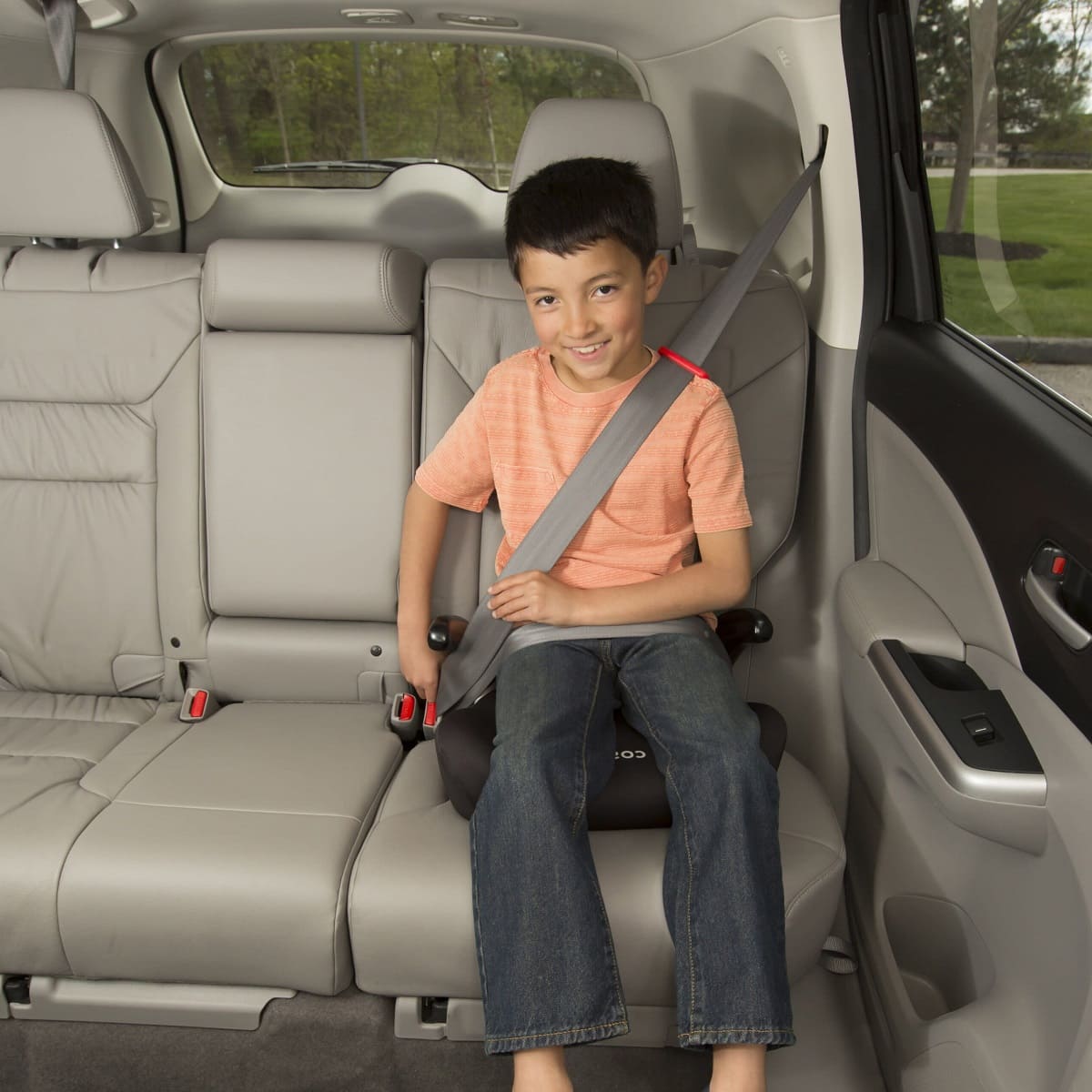

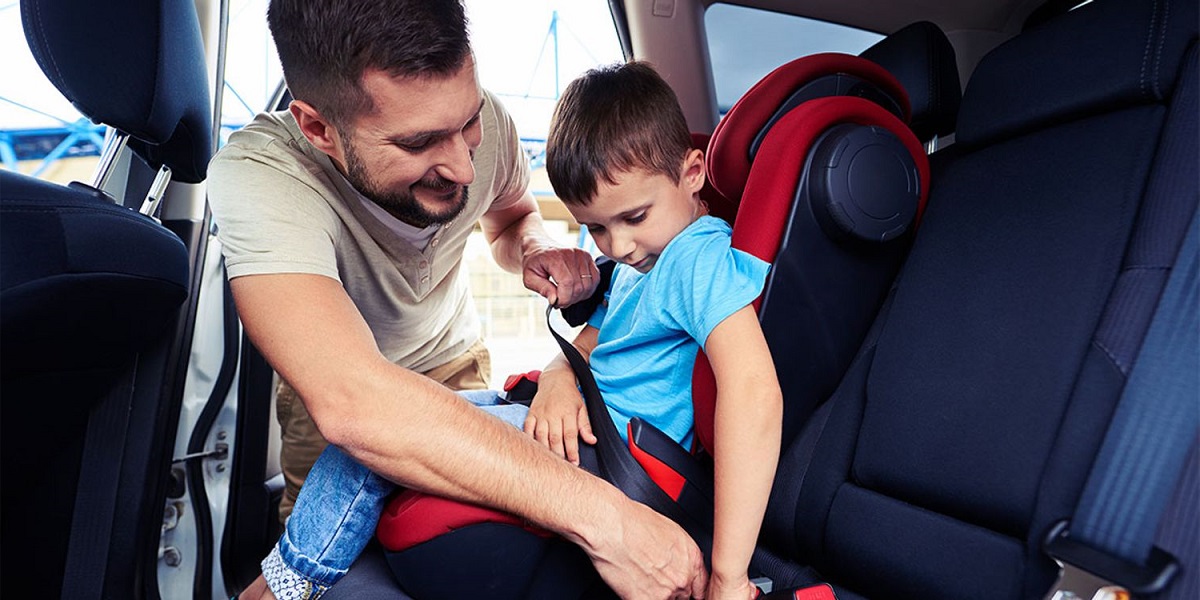
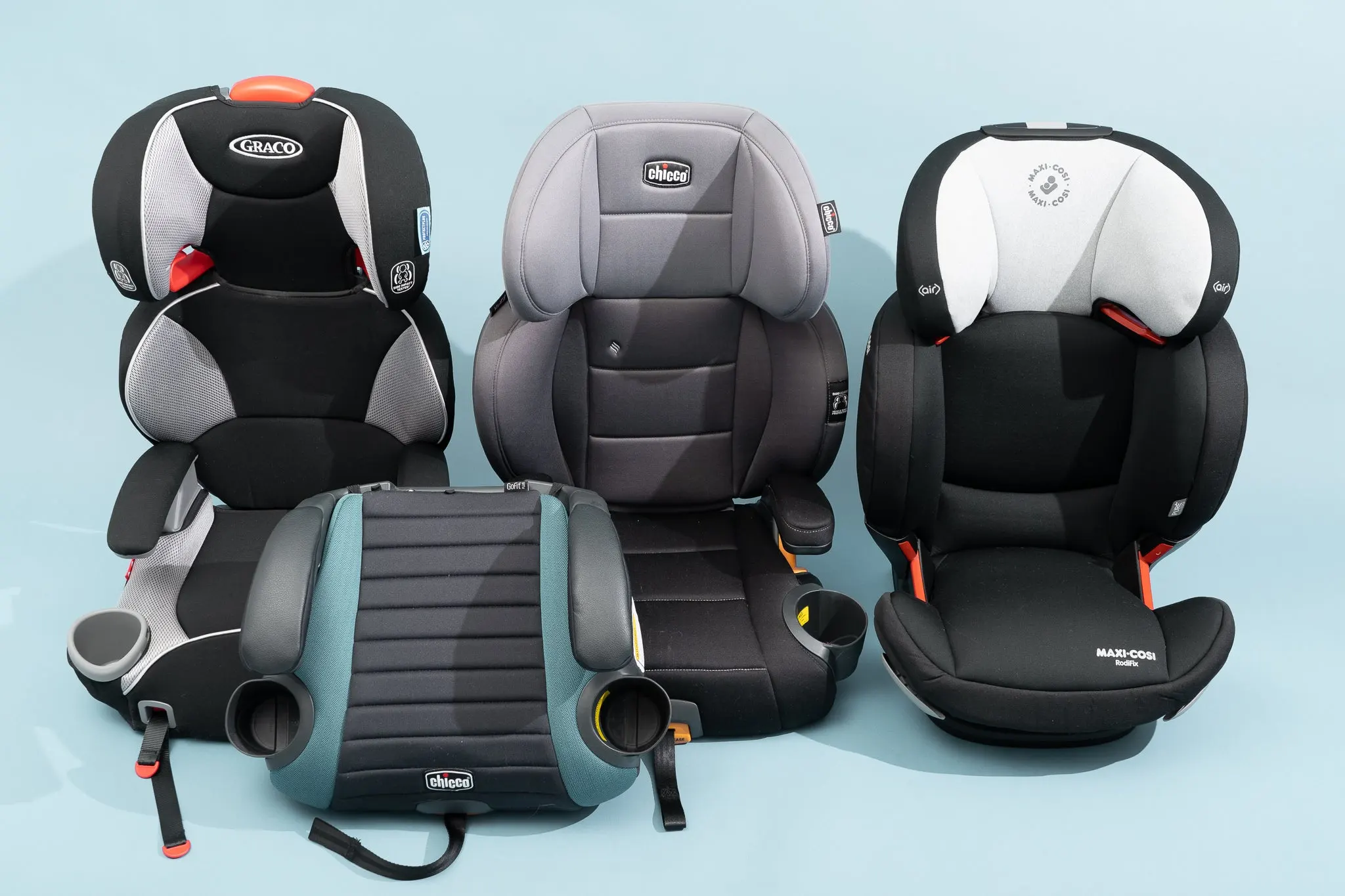


0 thoughts on “When To Switch To A Booster Seat At The Table”